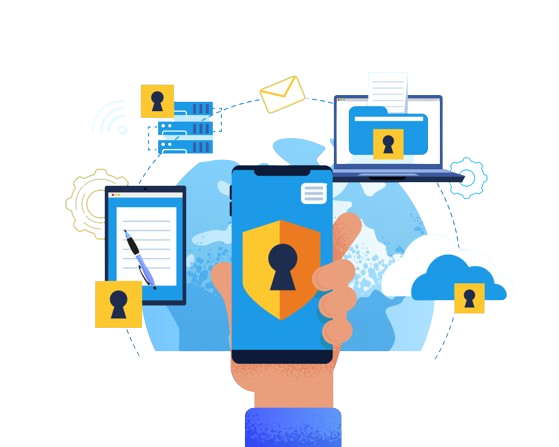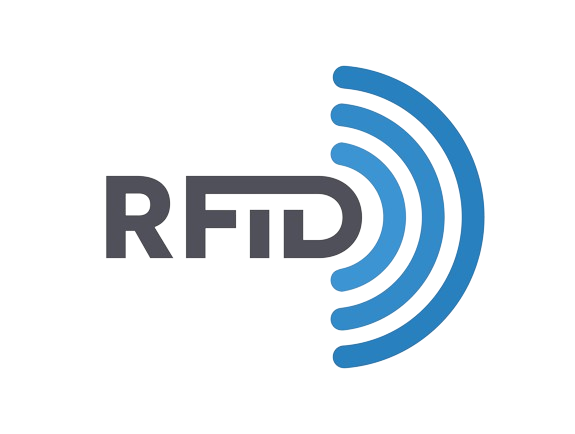Global Standardization: GS1, a global standards organization, sets guidelines for various aspects of business communication, including RFID. GS1 RFID standards provide a globally recognized framework for RFID implementation, ensuring uniformity and compatibility across industries.
EPCglobal Network: GS1 RFID standards are closely aligned with the Electronic Product Code (EPC)global Network. This network facilitates standardized identification and communication in the supply chain, enabling seamless data exchange between trading partners.
GS1 EPC Gen2: GS1's EPC Gen2 standard is a widely adopted protocol for passive UHF RFID tags. It specifies the air interface protocol for the communication between RFID readers and tags, promoting interoperability and global consistency.
Serialized Global Trade Item Number (SGTIN): GS1 RFID standards often use the Serialized Global Trade Item Number (SGTIN) as a key identifier. The SGTIN, embedded in RFID tags, provides a unique and globally recognized identifier for individual items.Above information is based on our understanding and interpretation, you are requested to consider the updated resources.





